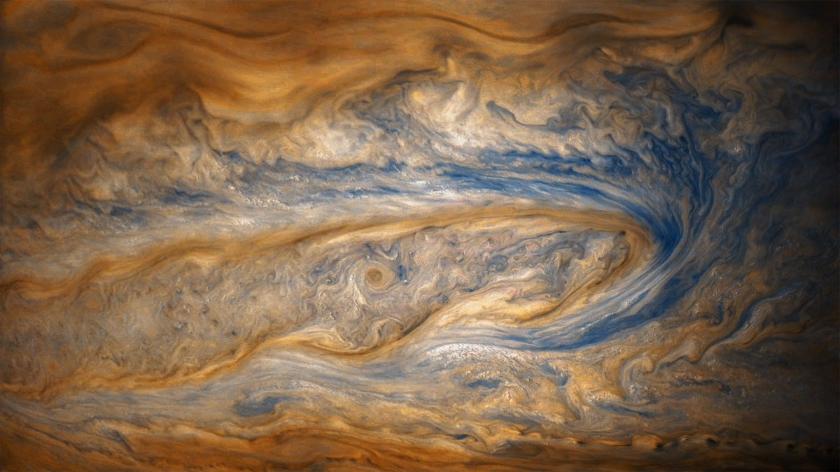
NASA's $1 billion Juno Probe took its ninth set of stunning flyby images of Jupiter.
After a week long delay, (as the Sun passed between Earth & Jupiter making contact impossible) The raw data finally arrived back on Erath. Researchers posted it all online, and a community of amateurs and professionals has been busy processing the data to yield colorful new pictures of the giant planet.
At its closest approach to Jupiter, the satellite becomes the fastest human-made object in the solar system, reaching speeds of 130,000 miles per hour.
Juno then flew back out into deep space, passing over the South Pole on its exit. Churning storms at Jupiter's poles change their appearance regularly.
Researchers upload the raw image data sent by Juno to the mission's website, where enthusiasts take the drab, gray data and process it into color photos.
Jupiter's North Pole
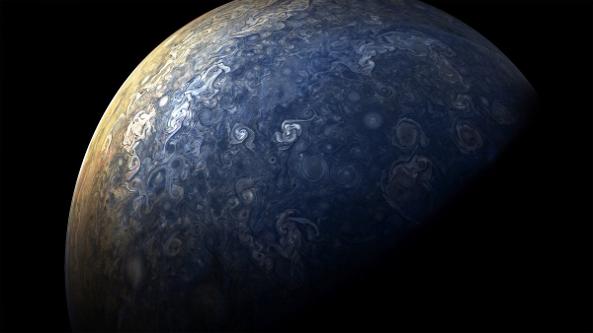
Mixture of gasses in Jupiter's turbulent Atmosphere
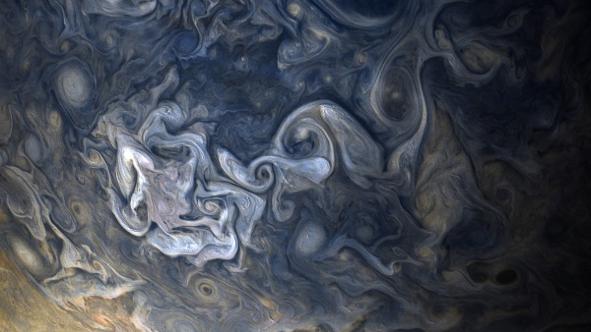
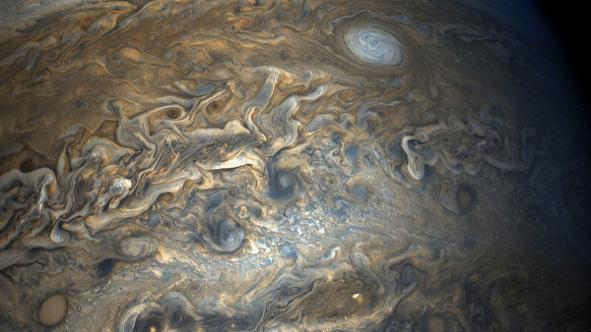
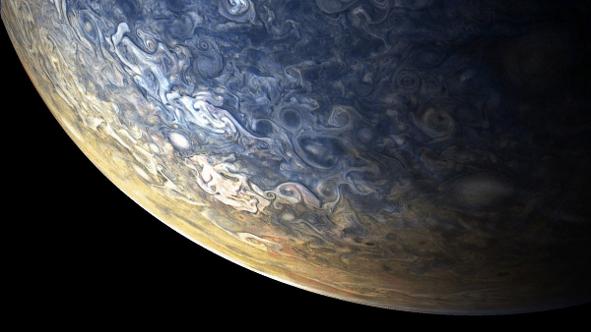
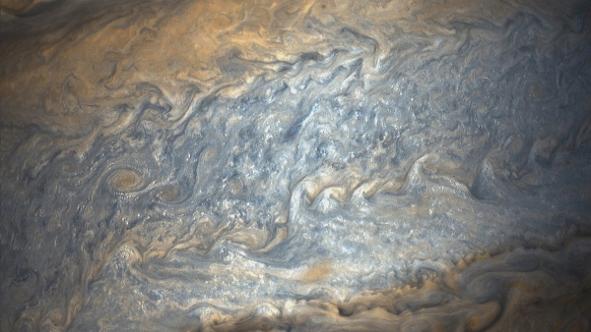
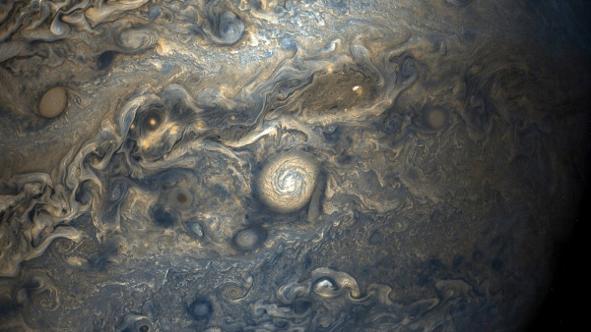
There are also traces of molecules like ammonia, methane, sulfur, and water, which give the clouds different colors and properties.
The Poles of Jupiter are constantly swirling & changing
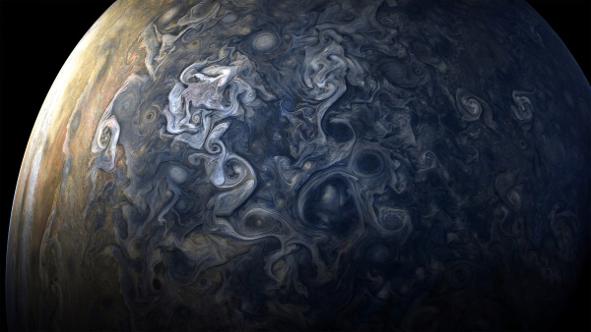
Chemical mixtures cause different colors in the clouds
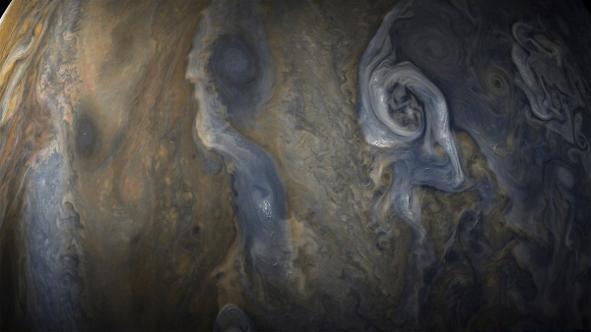
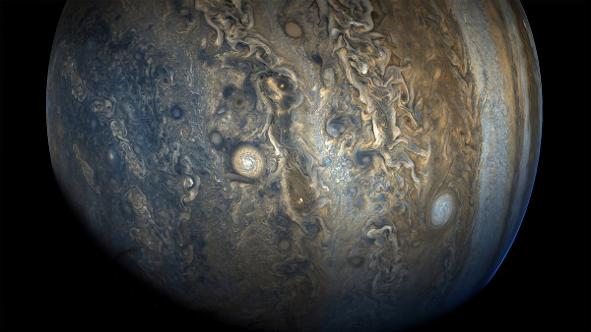
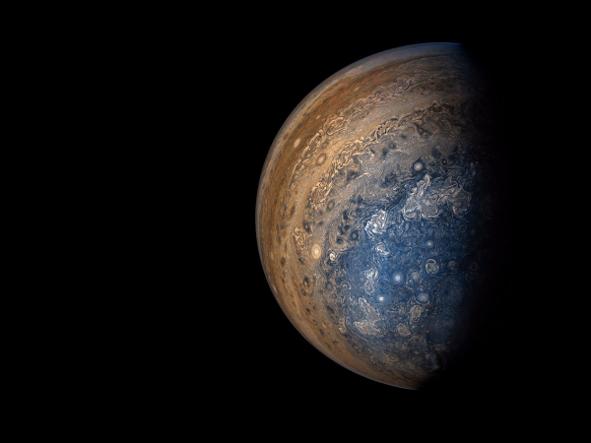
Content by EMG-Pac

**This site is supported by Ad Placement, Native Advertisement & Affiliate Advertisement links. We may earn commissions on products and services mentioned, shown, and linked to in our content.
PARTNUM MEDIA & PARTNUM.com is soo #META for- Art, Culture, Film, Film Making, Trends, Photography, People, Design, Travel, Social Media, News, News Today, Film Maker, Artist, Celebrity, Viral, Viral Video, Trending, Photo, Photographer, Destination, Fashion, Lifestyle, Food, Entertainment, Beauty, Music, Health, Tech, & more!
Content by EMG-Pac